About Us
Advertise With Us
RSS Feed | Content Syndication
Terms & Conditions
Privacy Policy
Contact Us
BollywoodShaadis.com © 2025, Red Hot Web Gems (I) Pvt Ltd, All Rights Reserved.
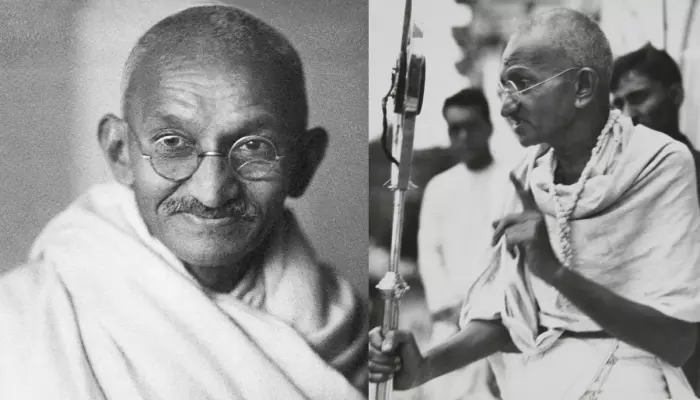
The Gandhi Jayanti on October 2, 2024, marks the 155th birth anniversary of the father of the nation, Mahatma Gandhi, known as 'Bapu'. Mahatma Gandhi was an Indian lawyer, anti-colonial nationalist, and political ethicist who began non-violent action and led the successful campaign for the Indian Independence movement against British rule. While October 2 is celebrated as a national holiday, it's also an international day of non-violence.
Gandhiji inspired several movements, among which the civil rights and freedom movements, still linger in the hearts of the entire nation. Well, on Bapu's birthday, let us look back in time, when he was not allowed to enter the Jagannath temple of Puri, Odisha. It was back in 1934 when Mahatma Gandhi, along with his close friend and social activist, Vinobha Bhave, decided to visit the famous Jagannath temple in Puri. Bapu and Vinobha Bhave were accompanied by several of their non-Hindu followers, who were Muslims, Dalits, and Christians.
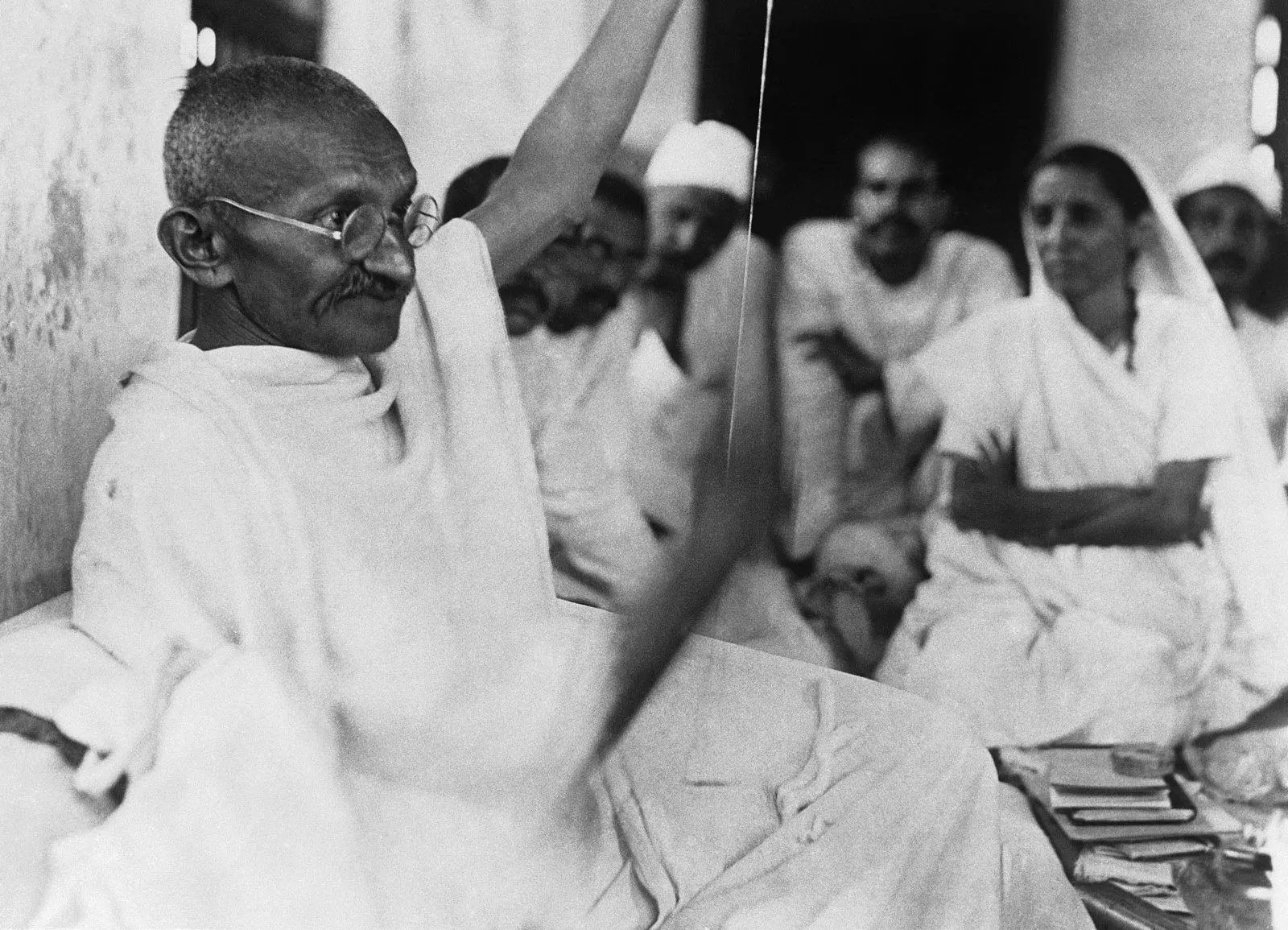
Well, when Gandhiji was not allowed to enter the holy shrine, he reacted to it strongly. As per the reports, he had stated that there should be no difference in men in the holy shrine, where God lives. In Mahatma Gandhi's words:
"Why should be there any difference between men in a temple of God?"
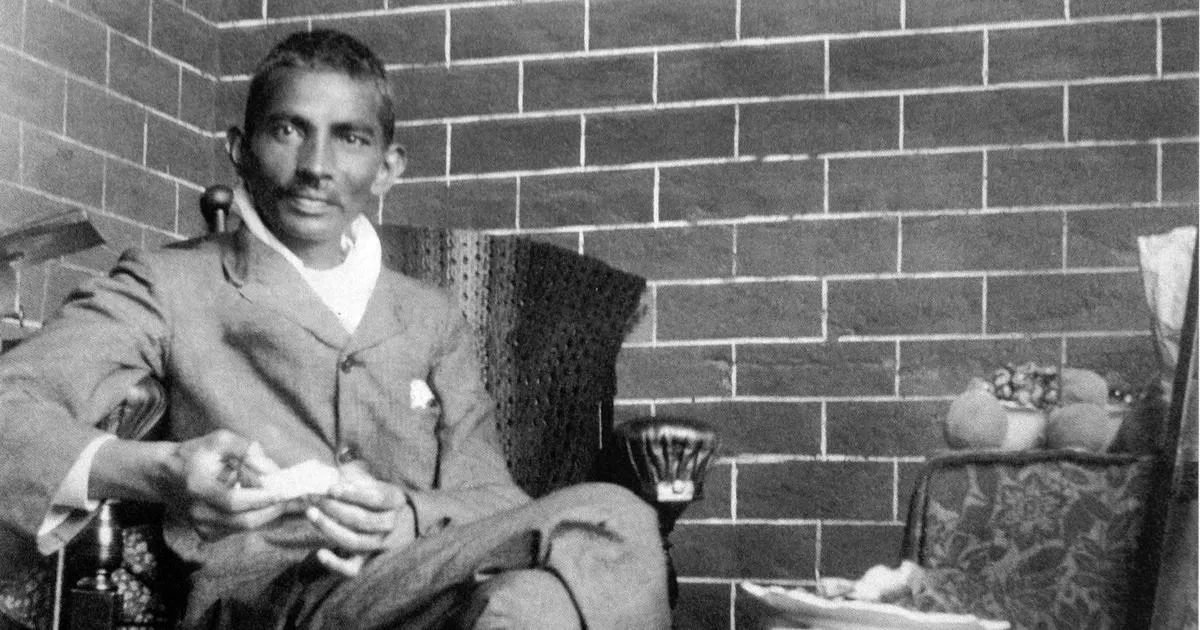
Not only Mahatma Gandhi but several famous personalities were prohibited from entering the holy shrine due to the non-Hindu rule in the Puri Jagannath temple. Some of these famous personalities are Rabindranath Tagore, Indira Gandhi, Swami Prabhupada, and Dr B.R. Ambedkar among others. As per the priests, the temple authorities have restricted the non-Hindus from entering the premises, as it was 17 times that the Muslims and the foreign invaders had looted the temple.
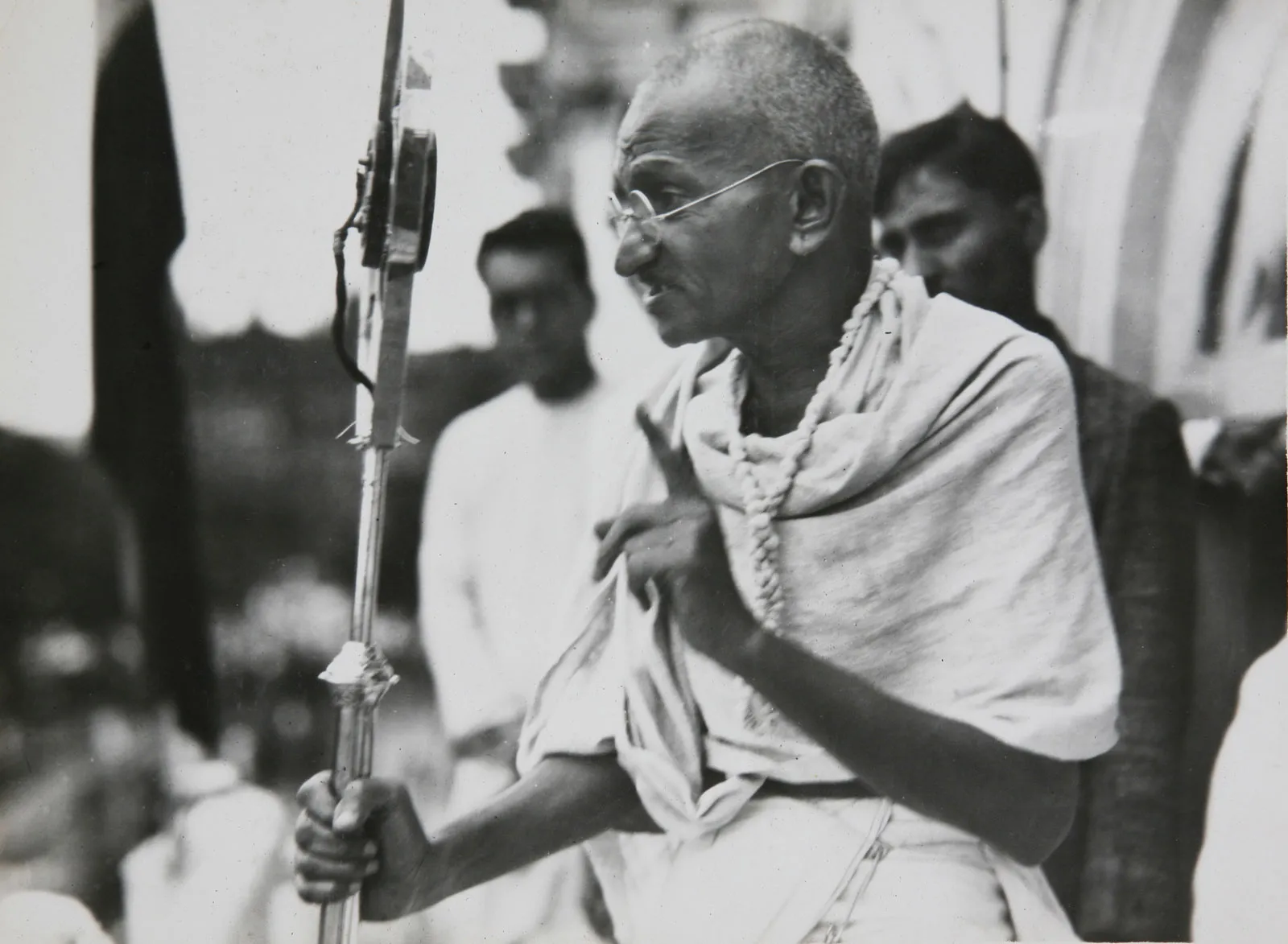
Mahatma Gandhi was associated with several movements owing to the equalism for the lower-caste people to access the holy Hindu shrines. Well Mahatma Gandhi was also denied from entering the Amman temple in Kanyakumari back in 1925. Once, in an article, Darshan of Kanyakumari, Gandhiji talked about the same and revealed how he was allowed to make a complete circle outside the temple and offer worship from only the outside. The Mahatma added that he was not allowed to enter the holy Hindu shrine and the authorities have cited his England visit as a reason behind the same. Gandhiji said:
"Even there my happiness was not untainted by sorrow. I was allowed to make a complete circle, but I was not permitted to go to the inner shrine because I had been to England."
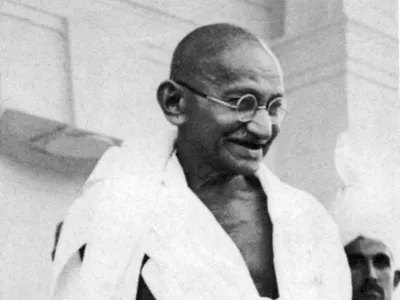
Back in the time, the lower castes were considered as 'untouchables', and they were not allowed to enter into the Hindu temples. Well, it was back on November 12, 1936, when Maharaja Chithira Thirunal Balarama Varm issued a decree, The Temple Entry Proclamation, that allowed the lower-caste people to enter the Hindu temples.

In the Temple Entry Movement, a lot of influence happened by the Vaikom Satyagraha protest, which was supported by Mahatma Gandhi. During the Vaikom Satyagraha, Gandhiji met the local leaders and pushed them to take part in this peaceful protest and break the caste barriers. He also met the Regent Maharani of Travancore and explained the rights of the lower caste people to access the temple.
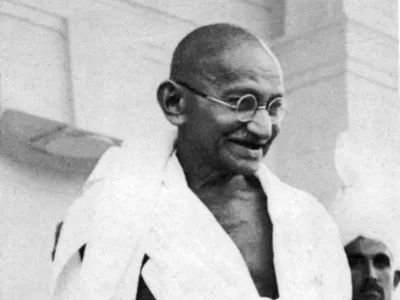
What do you think about Bapu being stopped from entering the temples despite being a Hindu, and his influence in the peaceful protest that allowed the lower-caste communities to get access to the Hindu shrines?
Continue reading below
Also Read: Mahatma Gandhi As A Father: Reason Why Bapu's Son Converted To Islam And Became His Greatest Regret
advertisement
advertisement
advertisement
